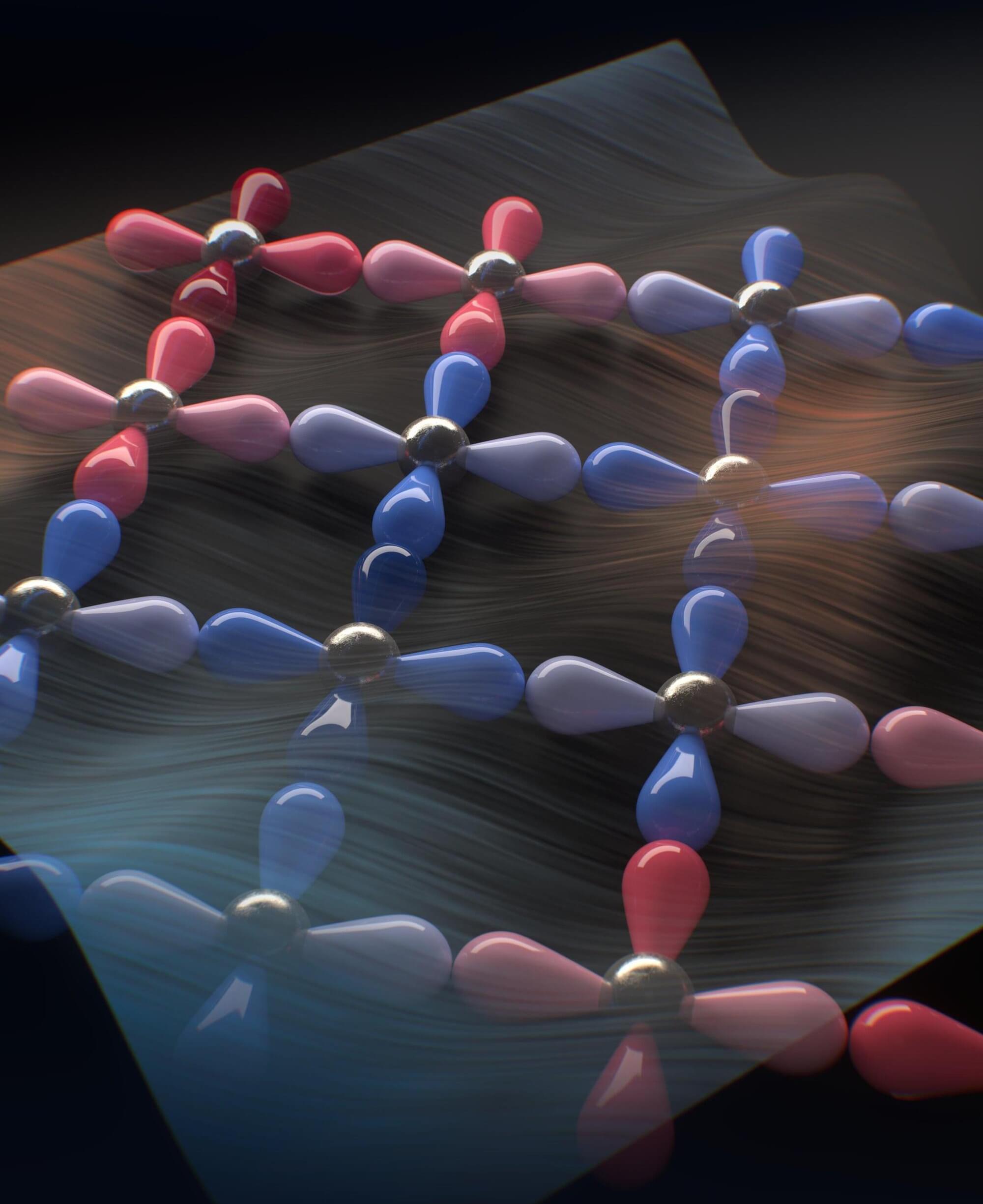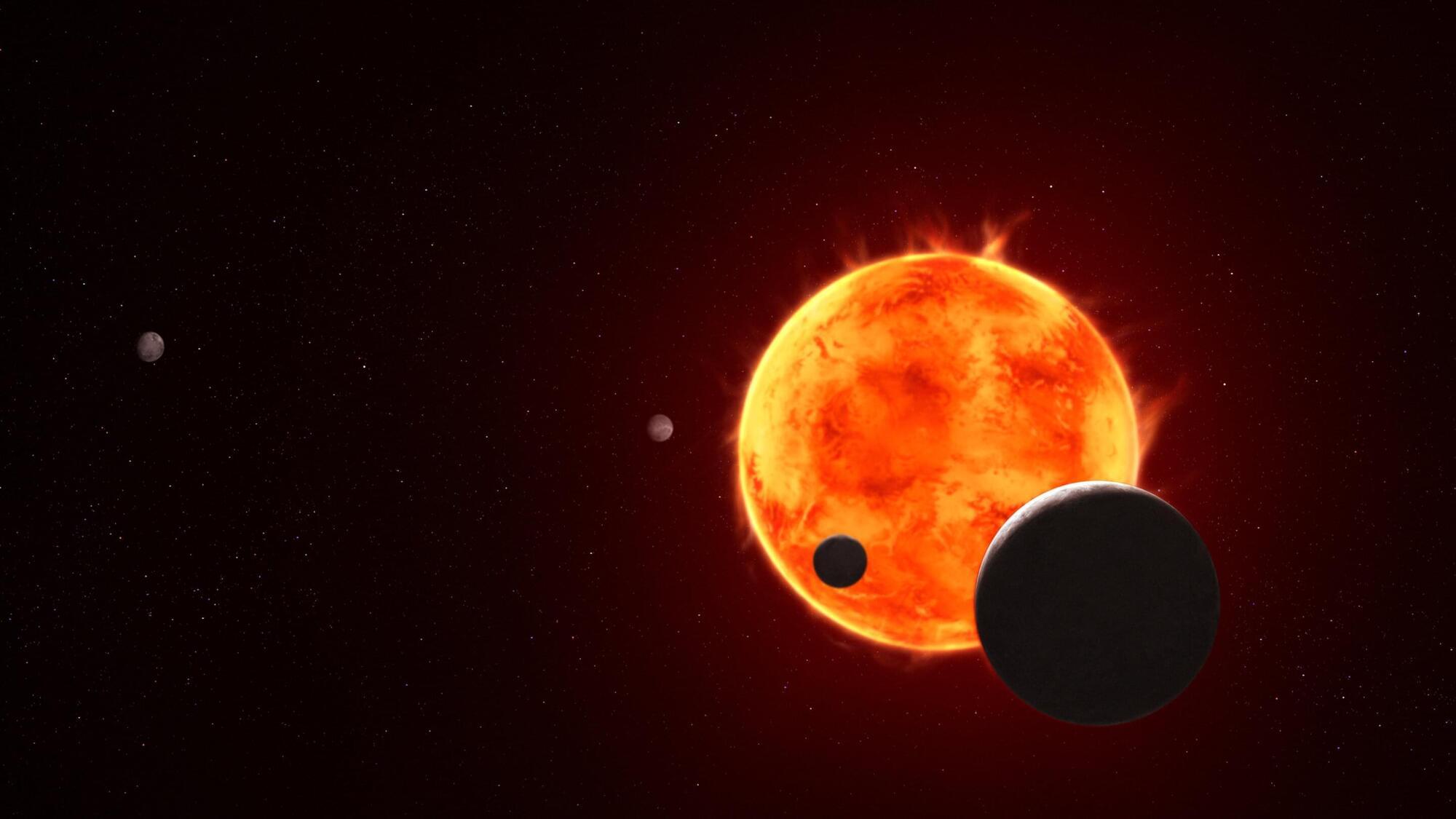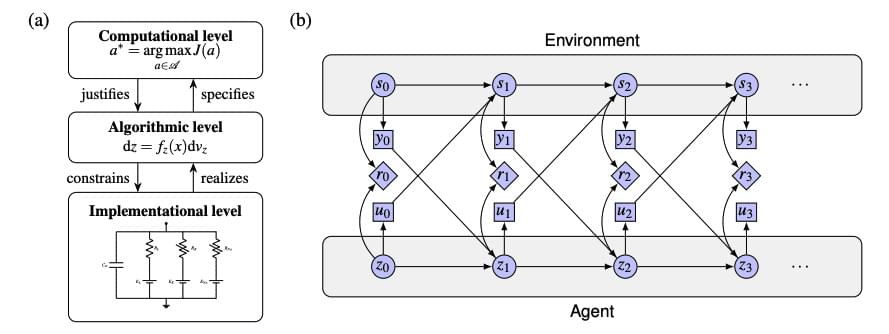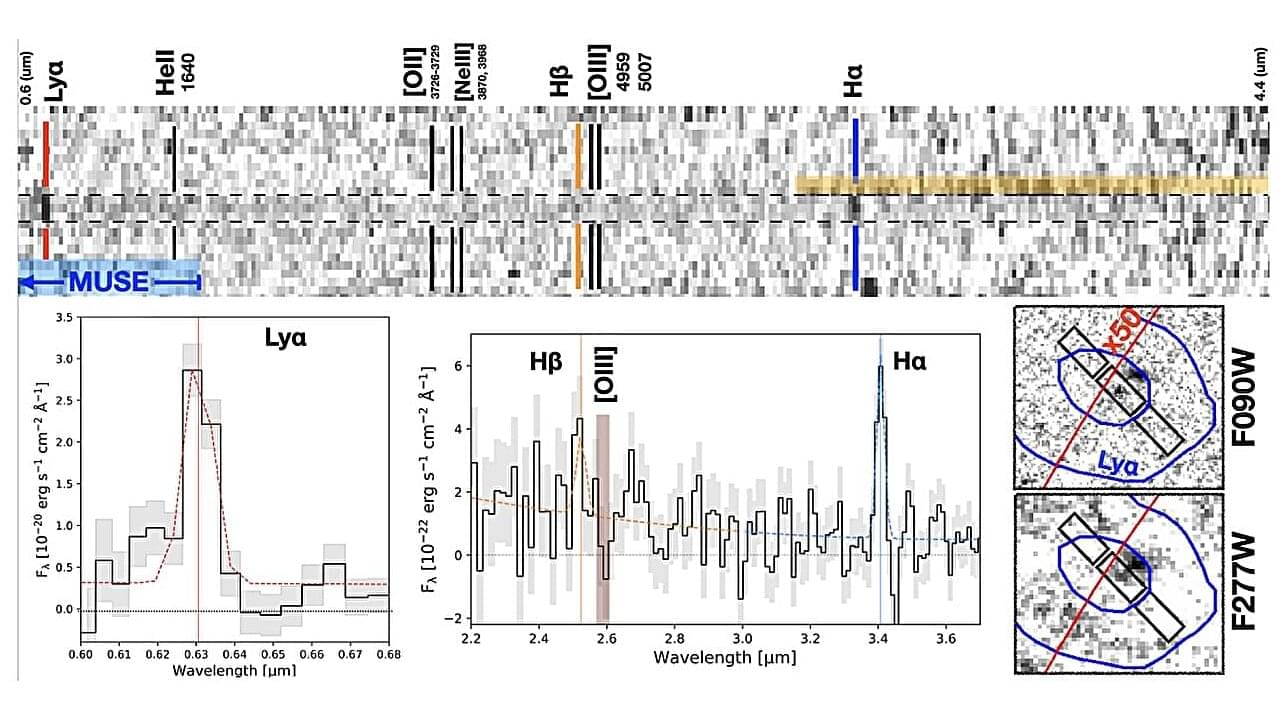A new LHCb analysis confirms a previously observed tension with the Standard Model, but more data and improved theoretical calculations are needed to determine whether new physics is at play.



Hydride ion (H-), with their low mass and high redox potential, are considered promising charge carriers for next-generation electrochemical devices. However, the lack of an efficient electrolyte with fast hydride ion conductivity, thermal stability, and electrode compatibility has hindered their practical applications.
In a study published in Nature, Prof. Chen Ping’s group from the Dalian Institute of Chemical Physics (DICP) of the Chinese Academy of Sciences (CAS) developed a novel core–shell hydride ion electrolyte, and constructed the first room temperature all-solid-state rechargeable hydride ion battery.
Using a heterojunction-inspired design, researchers synthesized a novel core–shell composite hydride, 3CeH3@BaH2, where a thin BaH2 shell encapsulates CeH3. This structure leverages the high hydride ion conductivity of CeH3 and the stability of BaH2, enabling fast hydride ion conduction at room temperature along with high thermal and electrochemical stability.

A research team has successfully developed a self-locked Raman-electro-optic (REO) microcomb on a single lithium niobate chip. By synergistically harnessing the electro-optic (EO), Kerr, and Raman effects within one microresonator, the microcomb has a spectral width exceeding 300 nm and a repetition rate of 26.03 GHz, without the need for external electronic feedback.
The research was published in the Nature Communications. The team was led by Prof. Dong Chunhua from the University of Science and Technology of China (USTC), in collaboration with Prof. Bo Fang’s group from Nankai University.
Optical frequency combs, light sources composed of equally spaced frequency lines, are essential tools in modern optical communications, precision measurement, and fundamental physics research. While traditional optical-frequency combs are typically based on bulky mode-locked lasers, recent advances in integrated photonics have enabled chip-scale Kerr and EO combs.

The discovery of “hidden orders,” organization patterns in materials that cannot be detected using conventional measurement tools, can yield valuable insight, which can in turn support the design of new materials with advantageous properties and characteristics. The hidden orders that condensed matter physicists hope to uncover lie within so-called charge density waves (CDWs).
CDWs are periodic wave-like modulations of the electronic charge inside a crystal. CDWs in rare-earth tellurides, compounds containing tellurium and other rare-earth elements, have been found to sometimes give rise to unusual physical phenomena that are not observed in the absence of these wave-like states of matter.
Researchers at Boston College, Cornell University and other institutes recently observed a ferroaxial order in rare-earth tellurides that appears to originate from a combination of coupled orbital and charge patterns.

University of Bristol astrophysicists are helping shed new light on an Earth-sized exoplanet 40 light years away where liquid water in the form of a global ocean or icy expanse might exist on its surface. That would only be possible if an atmosphere is present—a big mystery that the scientists are attempting to unravel and now even closer to solving using the largest telescope in space.
Deploying NASA’s JWST, the researchers have reached these discoveries as part of a major international project which is probing the atmosphere and surface of TRAPPIST-1e, also more simply known as planet e in the system, orbiting within the habitable zone of red dwarf star TRAPPIST-1.
Exoplanets are highly varied planets which orbit stars outside the solar system. Planet e is of particular interest because the presence of liquid water—not too hot or cold—is theoretically viable, but only if the planet has an atmosphere.

For centuries, mathematicians have developed complex equations to describe the fundamental physics involved in fluid dynamics. These laws govern everything from the swirling vortex of a hurricane to airflow lifting an airplane’s wing.
Experts can carefully craft scenarios that make theory go against practice, leading to situations which could never physically happen. These situations, such as when quantities like velocity or pressure become infinite, are called ‘singularities’ or ‘blow ups’. They help mathematicians identify fundamental limitations in the equations of fluid dynamics, and help improve our understanding of how the physical world functions.
In a new paper, we introduce an entirely new family of mathematical blow ups to some of the most complex equations that describe fluid motion. We’re publishing this work in collaboration with mathematicians and geophysicists from institutions including Brown University, New York University and Stanford University.

Scientists have uncovered a surprising advantage in next-generation solar technology—the hotter it gets, the better it can store energy. Traditionally, heat has been seen as the enemy of solar power. Standard solar panels lose efficiency as temperatures rise.
But a new study, published in The Journal of Chemical Physics, shows that in special “solar-plus-storage” devices, heat can actually boost performance by speeding up the internal chemical reactions that store energy.
The team studied photoelectrochemical (PEC) flow cells—an emerging technology that combines the sunlight-harvesting ability of a solar panel with the storage power of a battery.

The pursuit of artificial intelligence increasingly focuses on replicating the efficiency and adaptability of the human brain, and a new approach, termed neuromorphic intelligence, offers a promising path forward. Marcel van Gerven from Radboud University and colleagues demonstrate how brain-inspired systems can achieve significantly greater energy efficiency than conventional digital computers. This research establishes a unifying theoretical framework, rooted in dynamical systems theory, to integrate insights from diverse fields including neuroscience, physics, and artificial intelligence. By harnessing noise as a learning resource and employing differential genetic programming, the team advances the development of truly adaptive and sustainable artificial intelligence, paving the way for emergent intelligence arising directly from physical substrates.
Researchers demonstrate that applying dynamical systems theory, a mathematical framework describing change over time, to artificial intelligence enables the creation of more sustainable and adaptable systems by harnessing noise as a learning tool and allowing intelligence to emerge from the physical properties of the system itself.


Using the James Webb Space Telescope (JWST), astronomers have detected what appears to be a faint and small star-forming complex. The discovery of the new complex, which received the designation LAP2, is detailed in a research paper published Sept. 8 on the arXiv preprint server.
The hypothetical Population III stars, composed almost entirely of primordial gas, are theorized to be the first stars to form after the Big Bang. Finding very low-metallicity, low-mass sources at high-redshifts could be crucial to investigating these stars, as they provide a rare glimpse of galaxies under conditions similar to those of the early universe. This could help us understand, for instance, how the first generations of stars enriched the cosmos with heavier elements.
Recently, a team of astronomers led by Eros Vanzella of the Astrophysics and Space Science Observatory of Bologna, Italy, inspected one such high-redshift, metal-poor and low-mass source. The source was identified behind the galaxy cluster Abell 2,744, which acts as a strong lens.